When you think of a cow, the first thing that probably comes into your mind is a picture of a rectangular-shaped herbivore that has bulging and distended udders adjacent to its legs. But as you continue to ponder on this image, you begin to wonder, “Do all cows have this giant protruding mass near their limbs?”
Do male cows have udders? Male cows do not have udders. It is a well-settled fact that only the female cows have udders. The male species of this animal generally do not have this organ. It can only be found in milk-producing cattle.
In this article, we’ll explain what an udder is. We’ll also provide information about male cows, how to differentiate them from other cows, and how to take care of them. This will help you in learning more about them and answering any questions you may have along the way.
Overview of an Udder

An udder is an organ found in the female species of dairy animals such as goats, cattle, and sheep. It is adjacent to their legs and composed of 2-4 mammary glands that have teats protruding in them. The teats found in their mammary glands are the organs responsible for lactation and the production of milk.
Udders are generally considered as the counterpart of human breasts. When these animals feed their offspring, their nipples are usually sucked by the latter to coerce the production of milk. Farmers also put reasonable pressure on pumping the udders so that milk would easily get out of it.
Parts of Cow’s Udder
Anatomically, each udder is composed of various parts and structures.
- Median suspensory ligament: This enables the udder to attach to the animal’s abdomen. It effectively divides the right and left part of the udder and a lateral suspensory ligament, which gives it support and anchor.
- Parenchymal tissues: It is made of numerous ducts and alveoli that are principally responsible for the production of milk.
- Interlobular ducts, teat sphincter, teat canal, teat cistern, and Furstenberg’s rosette: These are other structures that are vital for the production of these liquids. They specifically aid in opening the milk canals from the parenchymal tissues to drain them to the cattle’s nipples.
Knowing Male Cows
A male cow may refer to a bull, ox, or steer.
Male Cow as a Bull
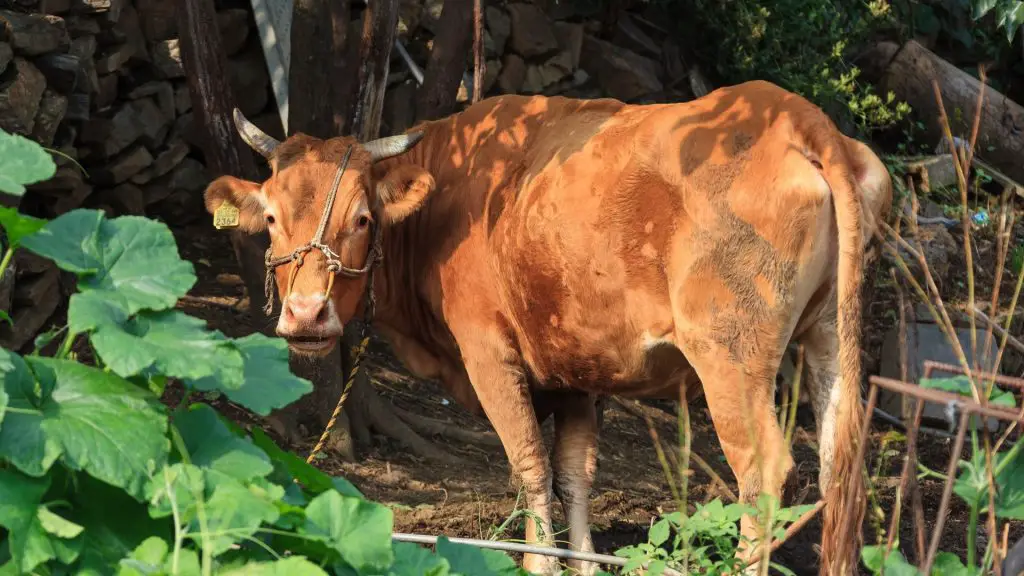
Male cows are considered bull when they are intact and do not undergo castration.
- They are more muscular than female cows because of their thick and sturdy bones, brawny neck, gigantic feet, and large circular head.
- The hair in their body is short, but the ones found in their head and neck are usually shaggy and curly in appearance.
- They have humps on their shoulders and horns that are generally flat and arched outward. The said structures are also thick and smaller in size than those seen in typical cows.
- The tall, built, and heavyweight of these animals are ideal for fighting with other cattle. It can be very instrumental in achieving power and dominion over a particular herd. This gives them superior opportunities for control over other cows, enabling them to effectively impose their acts of reproduction on the latter. This is the reason why they are widely utilized for breeding purposes.
Male Cow as an Ox
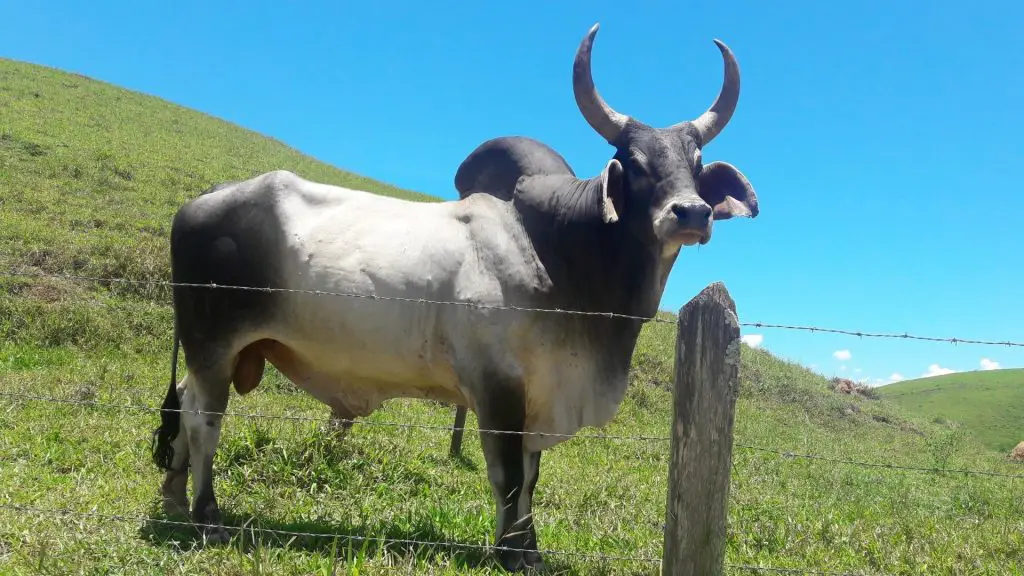
A male cow is referred to as an ox if it underwent castration.
- They are usually non-aggressive and uncombative due to their lack of testosterone upon removal of their testicles. This makes them an excellent choice for certain domestic and farming activities such as plowing, breaking of sod, and threshing grain.
- They can use as hauling wagons and transport carts due to their muscular build and strong grip.
- For purposes of irrigation and logging, they can serve as a powerful mechanism for the artificial watering of lands and is very efficient in skidding forest logs.
Male Cow as a Steer
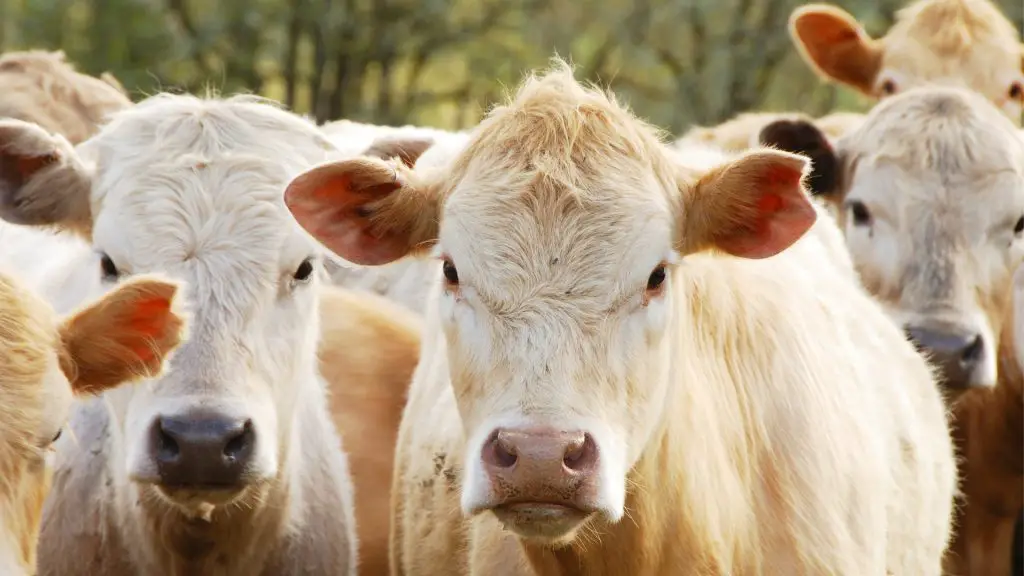
A steer is analogous to a bull as they are also large.
- Their testicles are no longer intact since these are usually removed before they reach puberty.
- Aside from the fact that these cows undergo castration and therefore cannot beget offspring, they are also more feminine-looking than the bulls. This is because their necks are not that brawny and muscular in appearance.
- They are extensively used for the production of beef and the consumption of humans in the market.
Young Male Cows
Young male cows are called calves. They may be reared until they reach the adulthood stage as bulls, steers, or oxen. They may also be butchered for purposes of producing meat which is known as veal. Aside from that, their skin may also be transformed into a durable kind of leather.
Differences Between a Male Cow and a Female Cow
In general, male and female cows belong to the Bovidae family and Bovinae subfamily and are collectively known as the Bos taurus species. They are structurally large and have four strong legs that are ideal for support and balance. However, they primarily differ in their anatomical structures and their capacity for reproduction and production of milk.
Facts About Female Cows

- Anatomically, a female cow has large hips with a dense middle body. Their shoulders look lean, while their chests appear to be broad.
- They have udders which are vital for milk production. These udders have mammary glands and teats where milk is amply stored and drained.
- A vulva can be found below their tails and near the anus. It comprises the lips and the clitoris, which are utilized as a part of the birth canal, a passageway of urine, and a receptacle of their partner’s reproductive organ when mating.
- As these cows have the capacity for reproduction, they have ovaries and follicles. It is essential for the production and storage of eggs and pregnancy hormones.
Facts About Male Cows
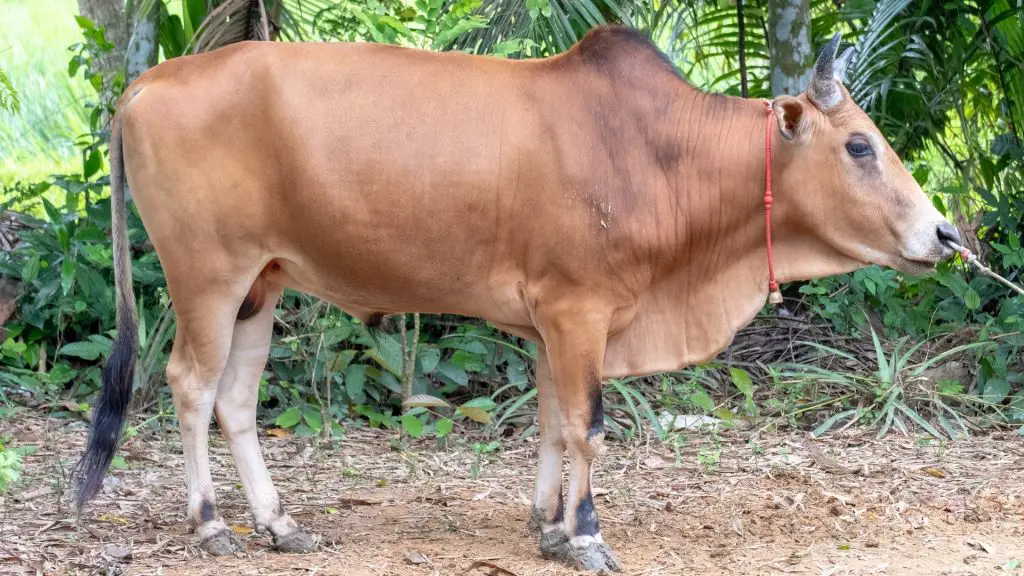
- Male cows, specifically bulls, have a masculine and aggressive built. Their heads and feet are large, and their necks and backs are muscular in appearance.
- Since they do not have udders and mammary glands, they cannot produce milk. They do not have a substantial amount of estrogen, a hormone responsible for certain metabolic functions in pregnancy and reproduction.
- They also have no vulva, vagina, and ovaries which make them ineligible for bearing offspring. However, they have testicles, a sheath, and a penis. If they are not castrated, they can sire offspring through mating with female cows.
Facts About Young Cows
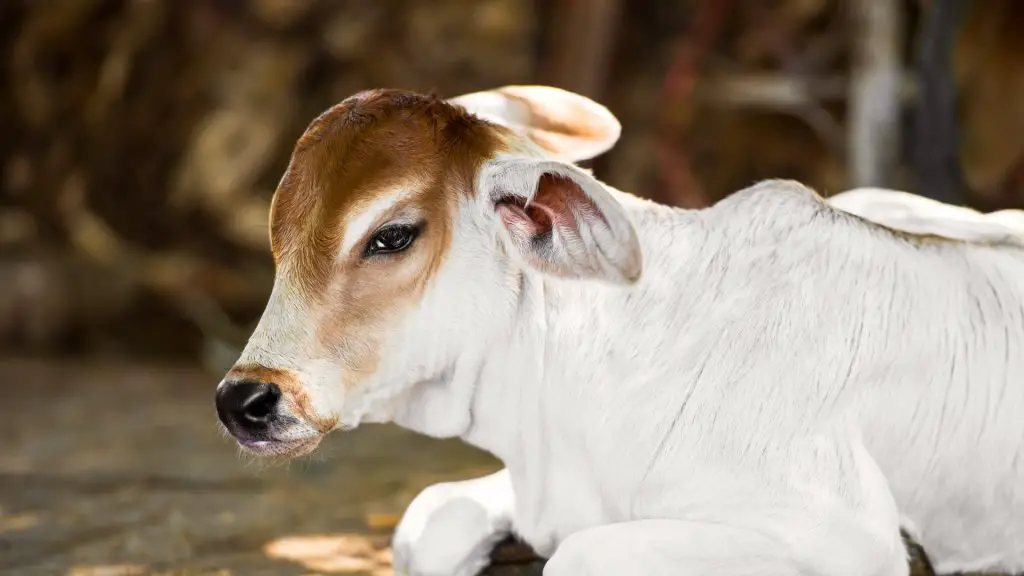
For young cows, the differences between a male and female calf are not that noticeable as their structures. Their reproductive organs are not yet fully developed. There is a need to scrutinize and inspect the said body parts fully to ascertain their genders.
If a Male Cow Has No Udders, Do They Have Nipples?
Although male cows do not have udders attached to their abdomens, they still have nipples and breasts, although underdeveloped. The nipples are located near their hind legs, but it may be hard to see them as they are not that bulging and visible compared to those of the female cows.
Do All Female Cows Have Udders?
All female cows can have udders, but not all of them have a prominent and visible one. Only those who have borne their offspring can have noticeable udders as a result of their continuous feeding of milk to their calves.
When a female cow is not pregnant, lactating, or nursing her offspring, there is no milk to store. This is the reason why young calves do not have udders that are evident. They have not yet reached puberty and are ineligible for pregnancy and giving birth.
Are Cows the Only Animals With Udders?
Cows are not the only animals with udders. Other quadrupedal species of mammals such as goats, sheep, horses, buffalos, and pigs can have protruding and distended udders in their bodies. This is because they possess mammary glands that are very important in the proper production of milk.
Taking Care of Cows
Cow care must be given priority so that their health and wellness would be maintained. This can be done by providing them with a clean, spacious and comfortable facility for shelter and movement, giving them sufficient water supply, and exposing them constantly to green pastures where an abundance of grass is readily available.
It would also be safe if their area is filled with adequate fencing so that they could move securely and separate them from the other farm animals. In this way, unnecessary injuries or illnesses would be prevented.
Summary
In conclusion, not all types of cows have udders. Only the female cows can have udders, although its prominence can only be observed when they undergo pregnancy, lactation or when nourishing an offspring with milk. Bulls, steers, and oxen do not have the said organ since they are incapable of bearing a child.
Furthermore, it is also essential to take care and prioritize the safety and nutrition of these farm animals to ensure the highest degree of domestic use that can be obtained from them, specifically in milk and meat production.
